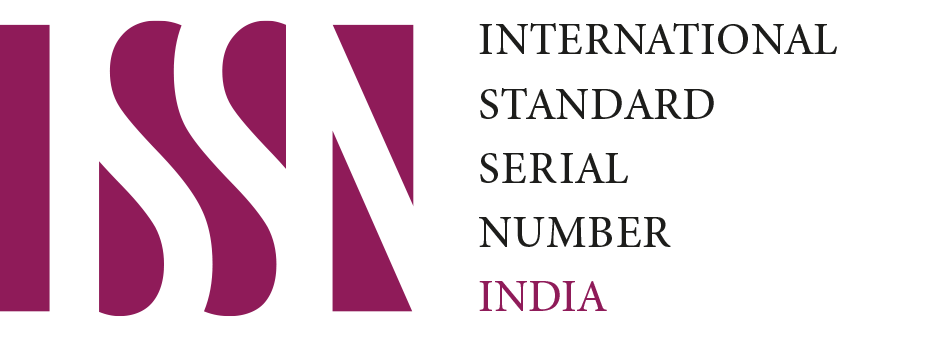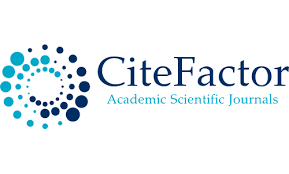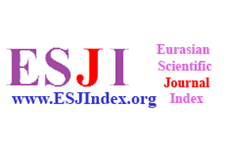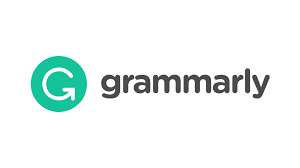Features of Media Language
Maxmudova Fotima Maqsud qizi
Karshi State University The department of practical English
Keywords: media, language features, headlines, catchphrases, audience attention, stereotypes.
Abstract
This article presents a comprehensive analysis of media language features, examining the intricate ways in which language is employed within various forms of media communication. The study aims to shed light on the role of language in shaping and influencing public opinion, promoting specific narratives, and constructing meaning within the media landscape. The research begins by exploring the fundamental principles that underpin media language, emphasizing its distinctive characteristics and functions. It investigates the ways in which media language differs from everyday language, highlighting the role of linguistic strategies such as framing, persuasion, and sensationalism in capturing audience attention and conveying information.
References
Allan, S. (2003). News Culture. Open University Press.
Bell, A., & Garrett, P. (1998). Approaches to Media Discourse. Blackwell Publishing.
Conboy, M. (2013). Journalism: A Critical History. Sage Publications.
Fairclough, N. (1995). Media Discourse. Edward Arnold.
Fowler, R. (1991). Language in the News: Discourse and Ideology in the Press. Routledge.
Van Dijk, T. A. (1988). News as Discourse. Lawrence Erlbaum Associates.
Van Dijk, T. A. (1991). Racism and the Press. Routledge.
Wodak, R., & Meyer, M. (Eds.). (2009). Methods of Critical Discourse Analysis. Sage Publications.

















